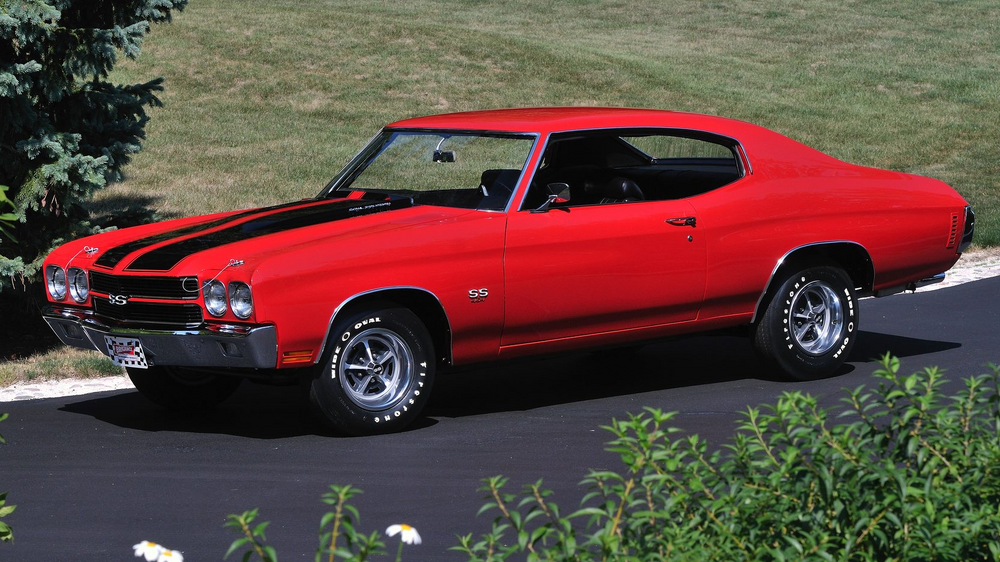Football ...
Basketball ...
Baseball ...
Other Sports ...
Futbol ...
🤫995🤫 ...
Gambling ...
Movies & TV ...
Music ...
Hobbies ...
Lulz ...
Food & Travel
...
Daily Texan ...
Business & Markets ...
Cloak Room ...
Help ...
For Sale ...
Board Discussion ...
Advertise...
Tailgate Donations
-
Posts
2163 -
Joined
-
Last visited
Content Type
Profiles
Forums
Store
Downloads
Recruiting - 2020
2019-2020 Football Season
Football
Entertainment
Sports
News and Business
Cloak Room
Transfer Portal
Recruiting
Events
Everything posted by 66BUFF
-
-
-
Why?
-
The lawsuit alleges that McMahon eventually pressured Grant into a physical relationship as he dangled “career-making and life-changing” promises in front of her. After receiving a job at WWE, McMahon allegedly subjected Grant to acts of “extreme cruelty and degradation” that caused Grant to “disassociate and/or become numb to reality in order to survive,” according to the lawsuit. One disturbing incident described in the lawsuit details an alleged sexual encounter between Grant, McMahon and a “friend” of McMahon’s in May 2020. During the encounter, McMahon allegedly defecated on Grant, commanding “her to continue pleasuring his ‘friend’ with feces in her hair,” according to the lawsuit. The lawsuit also detailed an alleged sexual assault among Grant, McMahon and Laurinaitis that occurred at WWE’s headquarters in 2021. The two men allegedly pulled Grant behind a locked door, forcibly restraining her. As she begged them to stop, one of the men allegedly said to her, “No means yes.”
-
My guess is that he was not a prospect coming out of high school. below is a list of the top players out of Kansas in 2004 and he is not on the list. Seven 2 star players made the list. Matt BossCherryvale Sr / Middle School (Cherryvale, KS) OG 6-5 / 314 0.9645 94 6 1 2 Nick PattonWinfield (Winfield, KS) DUAL 6-3 / 205 0.9614 100 5 2 3 Mike RiveraShawnee Mission Northwest (Shawnee, KS) ILB 6-3 / 230 0.8556 329 21 3 3 Lance BrandenburghSt. Thomas Aquinas (Overland Park, KS) ILB 6-1 / 215 0.8556 329 21 3 5 Gerard SpexarthAndale (Andale, KS) OT 6-6 / 301 0.8333 460 32 5 5 Caleb HandyConway Springs (Conway Springs, KS) OG 6-2 / 300 0.8333 460 29 5 5 Todd HaselhorstEast (Wichita, KS) OG 6-4 / 284 0.8333 460 29 5 8 Jeremy DarveauDodge City (Dodge City, KS) OT 6-6 / 304 0.8000 821 55 8 9 Seth NewtonGirard (Girard, KS) ATH 6-3 / 170 0.7667 979 69 9 9 Jordan BedoreGoodland (Goodland, KS) ATH 6-4 / 250 0.7667 979 69 9 9 Scott HaverkampSilver Lake Jr-sr (Silver Lake, KS) OG 6-4 / 275 0.7667 979 83 9 9 Paul EckAndale (Andale, KS) PRO 6-5 / 205 0.7667 979 45 9 9 Jeff HorinekRawlins County (Atwood, KS) ILB 6-3 / 230 0.7667 979 57 9 14 Travis CookConway Springs (Conway Springs, KS) ILB 6-2 / 225 0.7444 NA 103 14 14 Brett AlstattHays (Hays, KS) FB 6-4 / 220 0.7444 NA 33 14 SIGNED
-
-
Was crap. Just watch Cocaine Cowboys and Cocaine Cowboys reloaded. It pretty much covers her real history.
-

Ethical Non Monogamy "ENM"/Throupling/Fucking around/whatever.....
66BUFF replied to Aqua Buddha's topic in Daily Texan
-
Earl is the fucking Boss rocking the ray ban wayfarers in the show.
-
Faulk should be in the club. Stupid voters picked Torretta
-
Filmography[edit] Film[edit] Year Title Role Notes 2003 Pauly Shore is Dead Himself 2003 Old School Mark 2005 Cursed Himself 2006 The Shaggy Dog Baxter 2006 The Benchwarmers Jerry 2007 Full of It Mike Hanbo 2014 The Extendables Kilborn 2015 The Bronze Heath Parker Television[edit] Year Title Role Notes 1993–1997 SportsCenter Himself 500 episodes 1996–1998 The Daily Show Himself (host) 386 episodes; also writer 1999–2004 The Late Late Show with Craig Kilborn Himself (host) 1,190 episodes; also writer 1999 The Bold and the Beautiful Nurse Episode: "1.307" 1999 Martial Law Lewis Episode: "The Friendly Skies" 2000 JAG Himself Episode: "JAG TV" 2001 Yes, Dear Himself Episode: "Kentucky Top Hat" 2002 Resurrection Blvd. Himself Episode: "En un Momento" 2010 The Kilborn File Himself (host) 30 episodes; also creator, writer, executive producer 2011 Chuck Roger Bale Episode: "Chuck versus the Zoom" 2015 BoJack Horseman Michael Morgan (voice) Episode: "Chickens" 2017 Workaholics Kurt Fossil Episode: "Party Gawds" 2020 United We Fall Dr. Sharpe Episode: "My Favorite Marta"
-
Thought the whole guns penalty came from the NCAA "Miami Rule" in 1991. They talked about all of these in the 30 for 30 The U.
-
As mobile sports betting goes live, LSU looks to cash in with email blasted to many, including some students January 28, 2022 9:44 PM in News Source: WBRZ By: Johnston von Springer Share: BATON ROUGE - Shortly after mobile sports betting went live across much of Louisiana Friday morning, LSU attempted to cash in as part of a partnership with Caesars Entertainment. An email sent from GEAUX-MAIL, the official email of LSU Athletics, offered students, faculty, fans and anyone else on the email list $300 in free bets after an initial $20 wager with Caesars Sportsbook. "I thought it was strange that the students got mailed about gambling," said student Jeramie Britt. "Just because I think we're in a young age group where people are a bit more vulnerable to impulses. I don't know if that was the best decision on them to do that." The message addressed to "Tiger Fans" tells them to "rejoice" and place their first bet now that mobile betting is available in 55 parishes. "I do think it's a little strange that LSU is promoting it, considering a lot of the students aren't 21," said student Ian Chesson. "I mean, I don't think they shouldn't have. It's just kind of odd." The ad does note only those 21 and older can participate. The email was sent to any students, faculty and fans who subscribed to emails from LSU Athletics. Trending News Man found in crashed car after being shot in head on North Acadian Thruway Wednesday night Business ruled total loss after early-morning fire WBRZ asked some students who are under 21 and receive LSU Athletics emails if they got the promotional email. They said they had not. In September, LSU signed a "multi-year, seven-figure deal" with Caesars to make it the exclusive sportsbook of the athletics department. In a press release from the university at the time of the announcement, Caesars noted it would "not market to students or fans under the age of 21." WBRZ asked officials with the university and the athletics department Friday afternoon how many people received the email, if any of them were under 21 and if more promotional messages should be expected. Channel 2 did not receive responses to those questions.
-
Duke. Went to high school in Colorado
-
-
-
-
Was going to say Foxes but it came out in 1980. Lords of Flatbush came out in 74 but it really belongs to the 50's.
Football ... Basketball ... Baseball ... Other Sports ... Futbol ... 🤫995🤫 ... Gambling ... Movies & TV ... Music ... Hobbies ... Lulz ... Food & Travel ... Daily Texan ... Business and Markets ... Cloak Room ... Help ... For Sale ... Board Discussion ... Subscribe!... Donate!... COOKIE MONSTER!






















